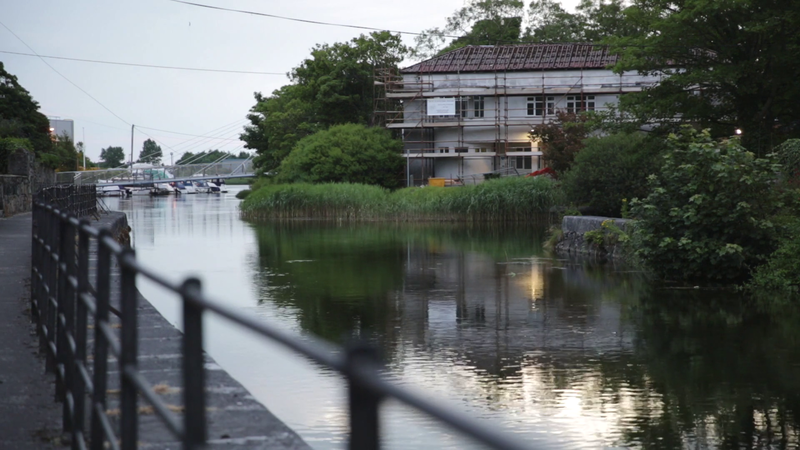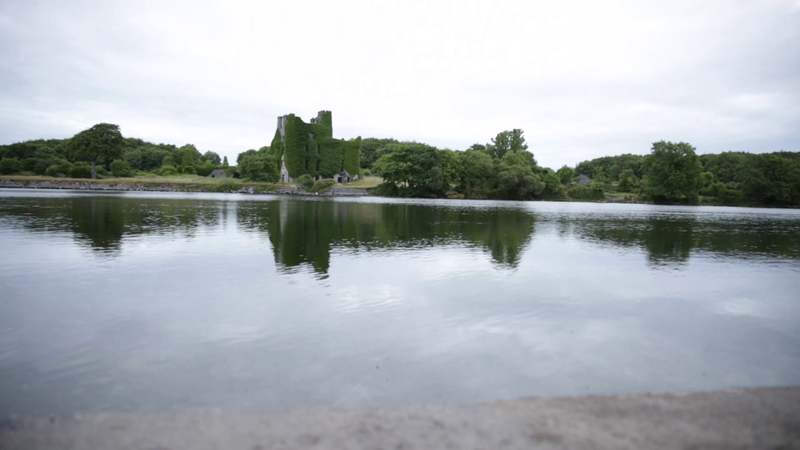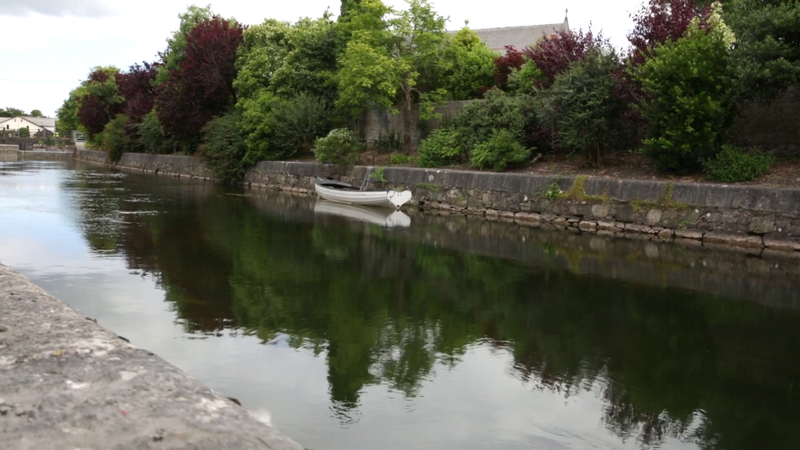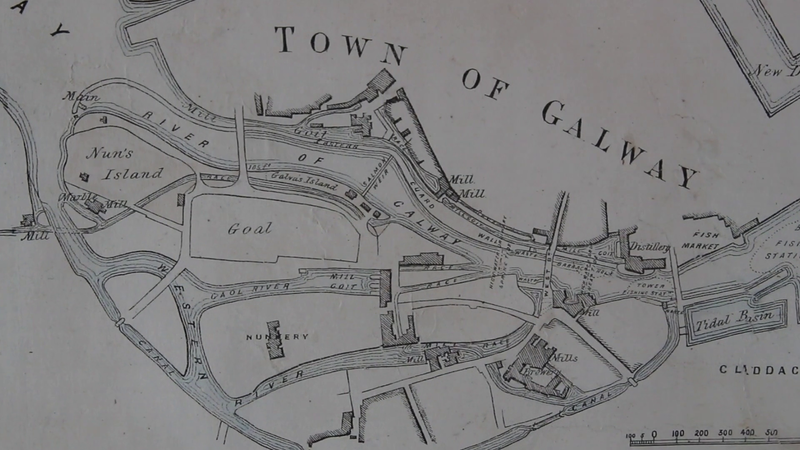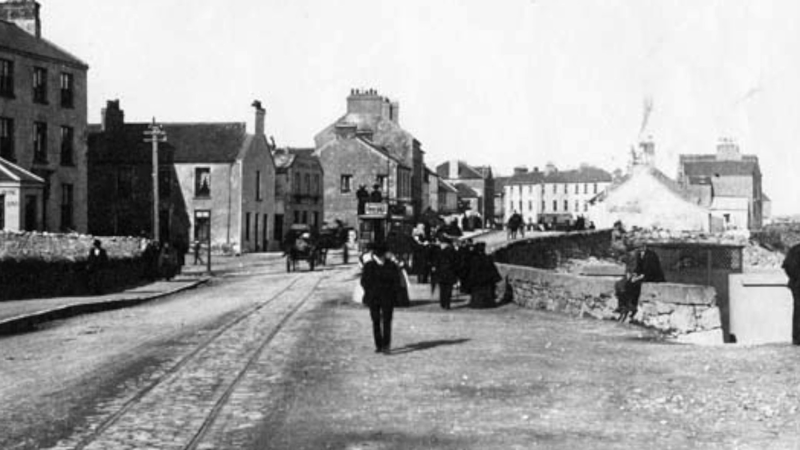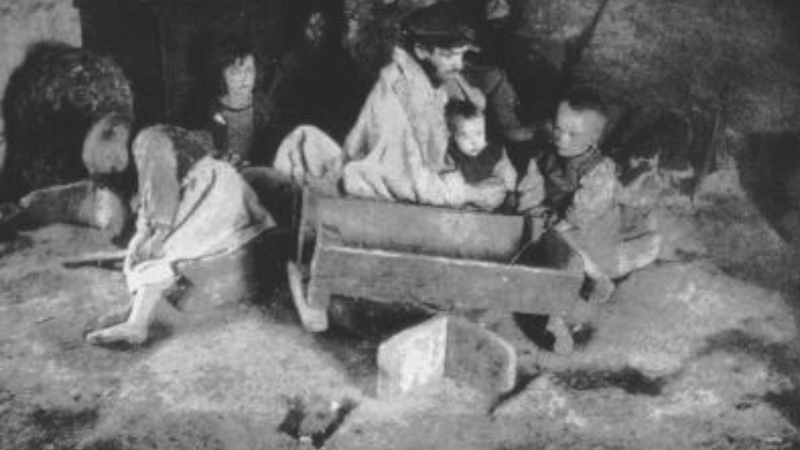Biseach: The Art Cycle
Biseach: The Art Cycle
2022-2023 / 2014-2015
THE EGLINTON CANAL
The Eglinton Canal was constructed between 1850 and 1852 for three purposes. The first and most well known was to connect Lough Corrib to the sea at Galway so that goods could be transported in both directions. The second and less well-known reason was to provide a more reliable flow of water to power the many mills that were already located along the natural rivers that were incorporated into this hydrological system. These were the Gaol, St Clare, Parkavera, and Madeira Rivers. The third reason was to provide paid employment during the famine period. The walls of the Canal were constructed of black limestone taken from the Angliham quarry in Menlo while the spoil from the excavation was used to build foundations for the University College Galway quadrangle and the road along the Claddagh Quay.
